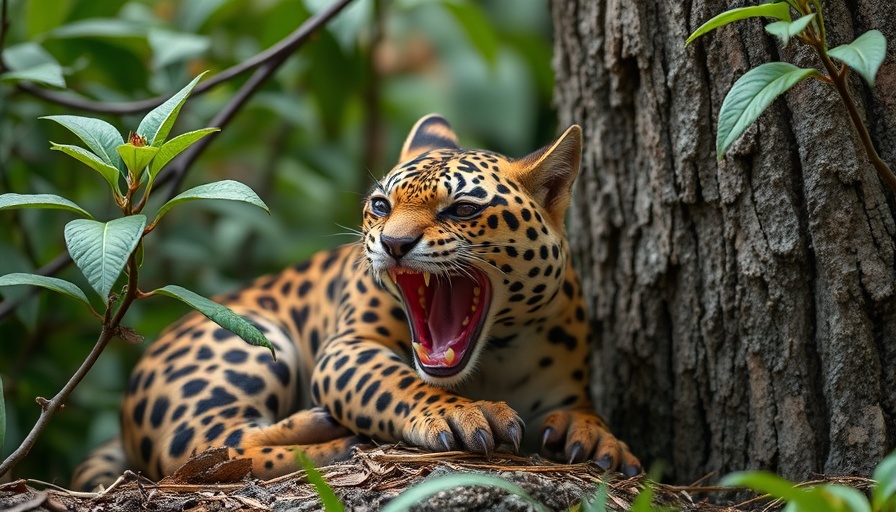
La sorprendente adaptabilidad en el reino animal
En el vasto y diverso mundo de la naturaleza, la adaptación es clave para la supervivencia. Un ejemplo fascinante de esto es el polluelo de la plañidera cenicienta, una ave pequeña que habita en las selvas de la cuenca amazónica. Su habilidad para evadir depredadores es asombrosa: se asemeja a una oruga de colores brillantes, lo que la ayuda a eludir a los peligros que amenazan su vida.
La ciencia detrás de la mimetización
Esta adaptación se denomina mimetismo batesiano, un fenómeno descrito por el naturalista del siglo XIX, Henry Walter Bates. Consiste en que especies inofensivas evolucionan para imitar las características de especies que son tóxicas o peligrosas. En el caso de la plañidera cenicienta, sus crías no solo imitan el aspecto de una oruga ponzoñosa, sino que incluso simulan sus movimientos, aumentando así la ilusión.
El impacto del hábitat en la evolución
Vivir en un entorno donde los depredadores son abundantes ha llevado a estas aves a desarrollar tales defensas únicas. El bajo dosel del bosque amazónico representa un desafío constante, lo que resalta aún más la importancia de estos mecanismos de defensa. La mimetización no solo les permite sobrevivir, sino también prosperar en un espacio donde muchas otras especies fracasan.
Un vistazo a la evolución en tiempo real
Este fenómeno es un recordatorio poderoso de cómo los animales pueden adaptarse y evolucionar en respuesta a sus entornos. No es solo una curiosidad biológica, sino una lección sobre la resiliencia y capacidad de adaptación que los seres vivos deben tener para sobrevivir en un mundo en constante cambio.
Reflexiones finales sobre la supervivencia animal
Al observar la evolución de la plañidera cenicienta y su sorprendente camuflaje, también nos lleva a reflexionar sobre cómo la naturaleza encuentra soluciones creativas a los desafíos. Apreciar estas adaptaciones nos ayuda a valorar más la biodiversidad y la importancia de conservar nuestros ecosistemas.
 Add Row
Add Row  Add
Add 




Write A Comment